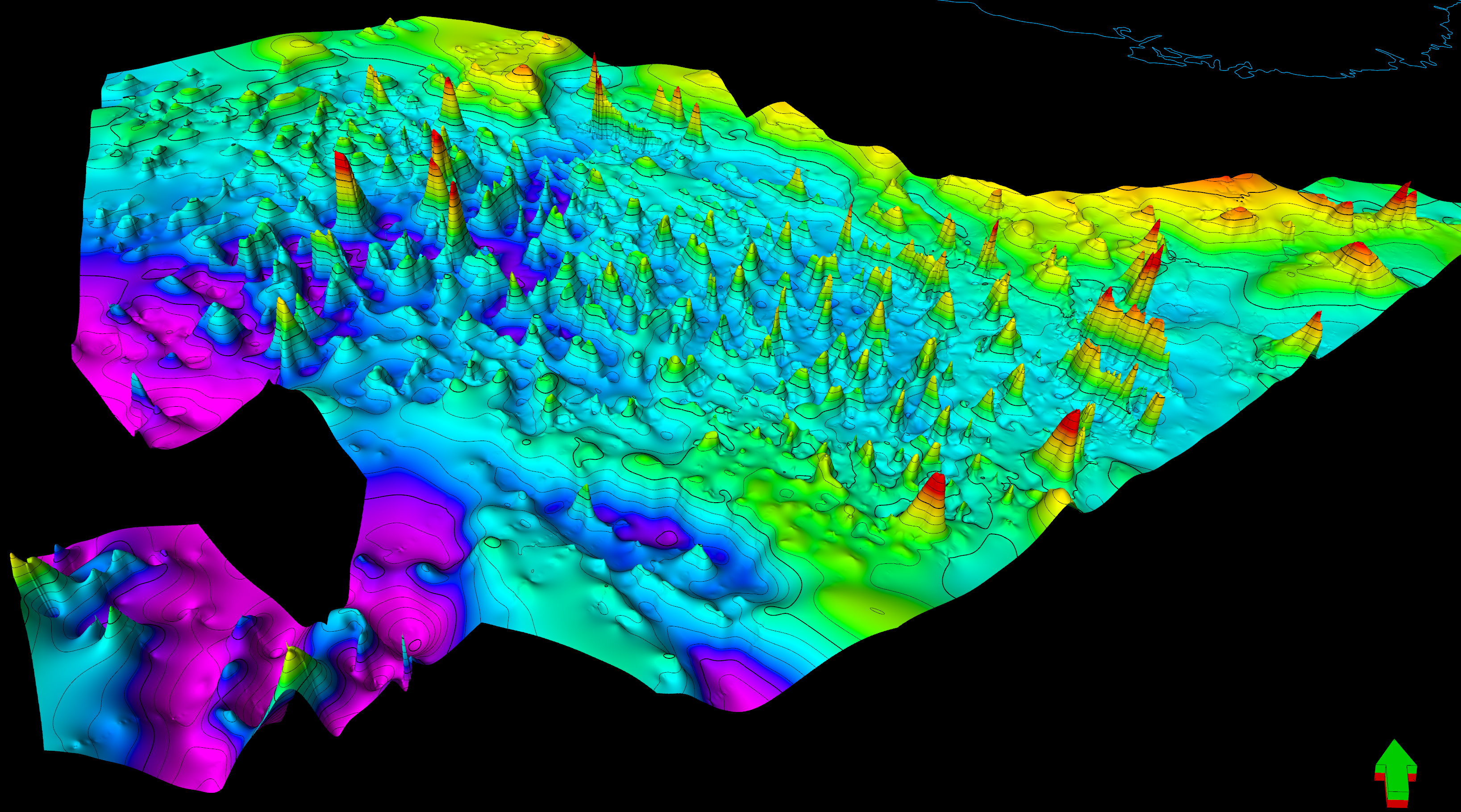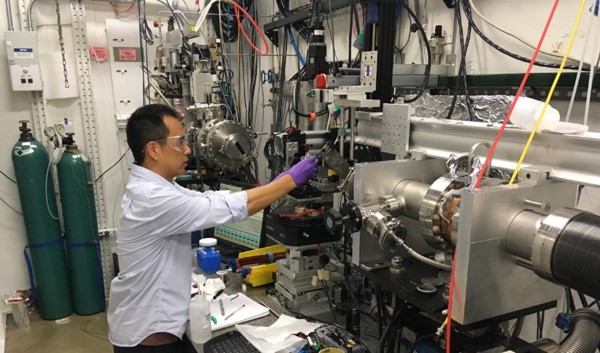October 12, 2020

Oliver Duffy
Renaissance of North Sea Salt Tectonics

Over the last 50 years, the central North Sea of Northwestern Europe has proven itself to be a world-class hydrocarbon province. The distribution and behavior of the salt-rich and largely-mobile Upper Permian Zechstein Supergroup has been a key factor contributing to the accumulation of vast hydrocarbon resources, having influenced all elements of the petroleum system.
Although the central North Sea is a much-studied basin, the founding concepts of central North Sea salt tectonics, developed during the 1990’s, are based largely on limited seismic data. Over the last ~30 years, there has been an explosion of new salt tectonic concepts derived from salt basins worldwide, and much high-quality seismic data has been acquired in the central North Sea.
In light of this, the Applied Geodynamics Laboratory research team and collaborators at Imperial College London are undertaking a timely multiyear project that seeks to initiate a renaissance of central North Sea salt tectonics. The project, led by Oliver Duffy and Chris Jackson (Imperial College London), aims to determine fundamental new salt tectonic concepts that may contribute to the development of new plays and open up exploration interest in underexplored portions of the central North Sea.

Sheng Peng
Unconventional Petrophysics Laboratory

Sheng Peng was trained as an environmental hydrogeologist and now works as an unconventional petrophysicist with a focus on petrophysics and fluid flow in shale.
Since 2015, Sheng has worked to build the Unconventional Petrophysics Laboratory at the Bureau. He developed a new laboratory and analytical technique for a more accurate and reliable measurement of shale matrix permeability, generally on the scale of nano- to micro-Darcys, and one of the most important and difficult-to-measure parameters in reservoir evaluation and engineering. This new method is also being incorporated for the measurement of relative permeability in shale, another key input for reservoir modeling and formation evaluation yet lacking direct measurement due to the technical challenge. Sheng also applies state-of-the-art multiscale imaging techniques integrated with tracer imbibition to study the connected pore network and multiphase flow and distribution in shale matrices. The plug-to-pore scale methodology in Sheng’s work provides a unique path for a more complete understanding of shale rocks and for more advanced petrophysical calibration of well-logs in shale.